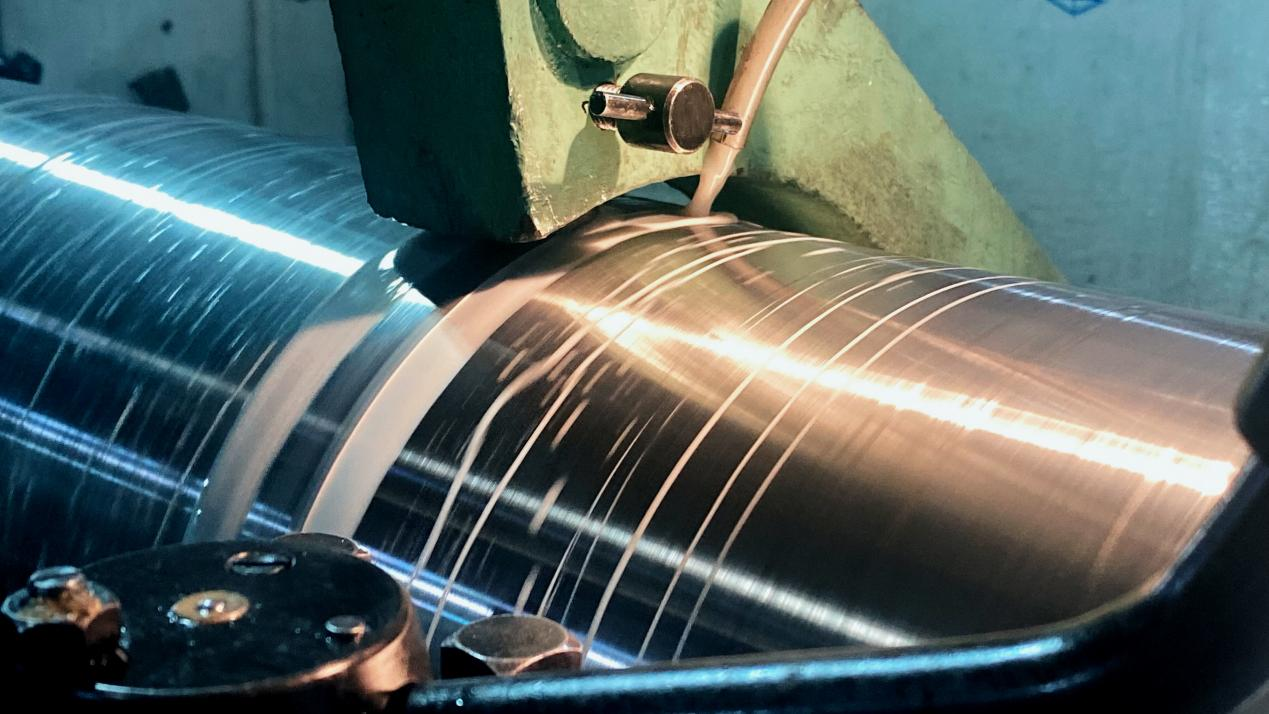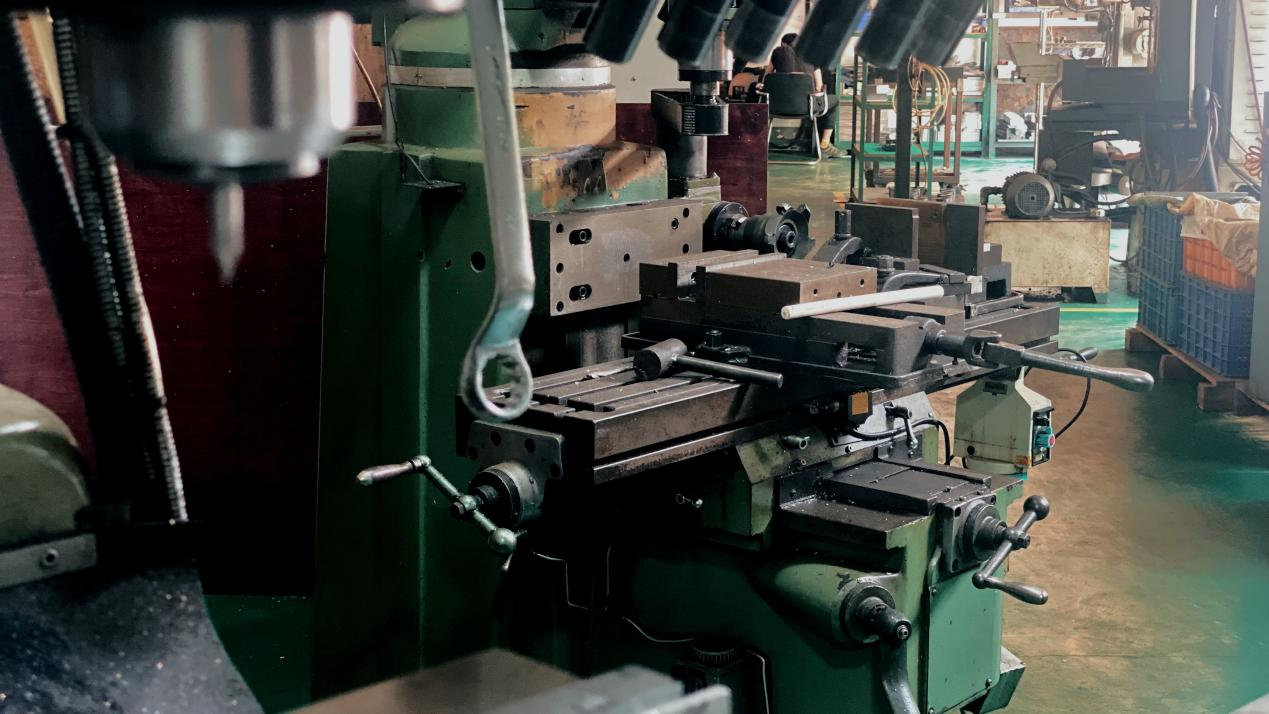
- English
- Español
- Português
- русский
- Français
- 日本語
- Deutsch
- tiếng Việt
- Italiano
- Nederlands
- ภาษาไทย
- Polski
- 한국어
- Svenska
- magyar
- Malay
- বাংলা ভাষার
- Dansk
- Suomi
- हिन्दी
- Pilipino
- Türkçe
- Gaeilge
- العربية
- Indonesia
- Norsk
- تمل
- český
- ελληνικά
- український
- Javanese
- فارسی
- தமிழ்
- తెలుగు
- नेपाली
- Burmese
- български
- ລາວ
- Latine
- Қазақша
- Euskal
- Azərbaycan
- Slovenský jazyk
- Македонски
- Lietuvos
- Eesti Keel
- Română
- Slovenski
- मराठी
- Srpski језик
How to reduce sheet metal manufacturing costs
2023-11-03
Sheet metal manufacturing is one of the most popular manufacturing processes in non-standard production. It helps quickly print prototype parts, from prototypes to high-volume production parts. With 16 years of production experience, HY is widely used in many industries. However, sheet metal manufacturing costs are often a point of contention among product developers.
Every aspect of a sheet metal fabrication project comes with associated costs – design, possible prototypes, finishing processes, etc. In addition to the process itself, materials also cost money. Therefore, how to reduce sheet metal manufacturing costs has become the most important point.
Sheet metal product cost budget
Today's competitive market requires a thorough understanding of cost structures to develop appropriate pricing strategies. The production cycle of sheet metal parts has several stages, including cutting, bending, roll forming, stamping, welding, etc.
We will discuss sheet metal manufacturing calculation costs using simple ideas and concepts.
Step 1: Break down the production cycle
Product development involves various cycles, one production cycle after another. Therefore, we need to break the loop into simpler processes. This way, we can focus on one cycle at a time.
Step 2: Calculate raw material costs
Manufacturing a product involves one or more raw materials. For example, couplings require stainless steel.
At this time, we need to estimate the weight of materials required to make a product.
The sheet metal manufacturing cost calculator estimates the raw material cost per product by:
Volume x material density x material cost (kg) = raw material cost
Assume $0.80 per kilogram is the material cost for steel with a density of 7.4kg/dm3, a plate size of 800 x 400mm, and a thickness of 1mm. We have:
Raw material cost = (8 x 4 x 0.01) x 7.4 x 0.8
Raw material cost = $1.89
You must repeat this process for each raw material used in the process.
Step 3: Add processing costs
At this stage, you need to know the cost per hour of the system or machine, the efficiency of the system, and the productivity (cycle time) of the system.
The calculation formula of machining cost is:
(cost per hour x cycle time of one piece)/efficiency = processing cost
For example, assume a cycle time of 12 seconds, an efficiency of 85.5%, and an hourly cost of $78.40. We get:
Processing cost = (78.4 x 12) / (0.855 x 3600)
Processing cost = $0.30
Therefore, the total direct production cost of one piece is:
Raw material cost + processing cost = total product cost
Total product cost (one unit) = $1.89 + $0.30 = $2.19
Therefore, you will notice that saving on raw material costs can benefit production costs as it accounts for a large proportion.
Step 4: Repeat calculations for different production stages
We now have the production cost of the machine and the labor cost. We can then repeat the process for other stages or machines using the sheet metal manufacturing cost calculator. This will help complete the production cycle up to the point of product delivery.
Factors affecting sheet metal manufacturing costs
Sheet metal fabrication cost estimates are critical to the project planning process. Technological advances make cost-effective projects easier to complete. Although costs are expected to decrease, estimating sheet metal manufacturing costs is critical. Here, we’ll provide a brief overview of the various factors that influence the cost of a metal fabrication project.
Installing sheet metal parts
The ease of installation and time required will vary. Sometimes manufacturing doesn't bundle installation with material costs, adding to the overall manufacturing cost. Installation pricing typically includes the following fees:
Hire skilled professionals
Obtain the required license or licenses for installation
Purchase and install safety equipment
Cost of transportation of manufactured parts to installation site.
Raw material cost
One of the first requirements in metal fabrication is material selection. It is worth mentioning that the metal market affects the overall price of components at a given time. The price of raw materials often fluctuates, affecting how manufacturers fully estimate their prices. Additionally, the manufacturer's proximity to the raw materials is another factor that affects the overall cost, considering transportation costs.
The thickness of the metal used for manufacturing plays a vital role in material cost and labor cost. If your project requires multiple materials, this may result in increased costs. In some cases, supply chains may be disrupted, causing raw material costs to fluctuate.
Plating and Welding Costs for Sheet Metal Fabrication
Let’s look at the premise – welding pre-plated sheet metal is not very safe. Overheating of treated metal can cause highly toxic zinc oxide to be released from the coating. This situation is harmful to workers and the environment. Welding risks and labor involved are other aspects that impact sheet metal manufacturing costs, especially when using pre-plated sheet metal.
Welding sheet metal parts
Now, let's assume you decide to use uncoated cold rolled steel for your project. It is then coated after manufacturing to improve corrosion resistance. The overall effect is that your costs and delivery times increase. Therefore, you need to go back to your design and look carefully at ways to avoid soldering.
Requires physical labor
Custom sheet metal fabrication involves skilled fabricators including professional assembly technicians, certified welders, inspectors, and more. The amount of physical labor required to complete the metal fabrication process will affect the labor requirements of the job, i.e. the number of workers required. This will also impact sheet metal manufacturing cost estimates.
The best manufacturing companies use computer-aided design to ensure customer satisfaction. Using CAD/CAM software for the manufacturing process also requires specialized skills, which also affects costs. Mechanical labor is another factor to consider. Using specialized tooling and equipment comes with significant capital expenditures, and manufacturers typically build these costs into every project. Obtaining precise cuts and bends in metal involves the use of force, heat and pressure, while aiming to increase speed and production quality.
Metal structure
The metal structure and resulting design complexity will impact the cost of manufacturing sheet metal. For example, a sheet metal part that can be easily manufactured with just one punch will have lower associated costs than a part that requires many complex bends. Therefore, the less bending, cutting, and welding required for a project, the less expensive it will be.
Likewise, tighter tolerances and complex designs often require longer manufacturing times, ultimately affecting cost estimates. Additionally, metal construction and design complexity are closely related to labor costs. Therefore, ideas for cost-effectiveness and quality may need to be reviewed through Design for Manufacturing (DfM).





